
|
|
|
|
|
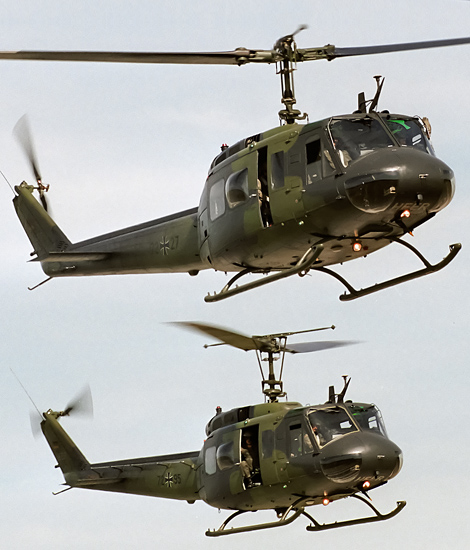
|
The no 301 & 302 Squadron; Gilze-Rijen, June 15-20, 2005
The Luchtmacht Open Dagen 2005, part 4; Text and Photograph's by Alex van Noye
The third and fourth squadron of the Dutch THG-KLu are the no 301 and the no 302 Squadron. Both units
are equipped with the AH-64D Apache attack helicopter. The units are both stationed at Gilze-Rijen Air
Base. The no 302 Squadron will be migrated with the no 301 Squadron from June 9, 2005, due to cutbacks.
The no 301 Squadron was founded in 1955 as a part of the former Groep Lichte Vliegtuigen (GPLV). The
GPLV was from its founding composed out of 5 squadrons, namely; the no 298, the no 299, the no 300,
the no 301 and the no 302 Squadron. Both the no 301 Squadron and the no 302 Squadron had an unclear
status until 1965. The squadrons were at that moment inactive squadrons. This meant both squadrons
existed only on paper. The units would only be equipped with aircraft in times of war. Both squadrons
would then be filled with personnel of the national reserves. Active soldiers were part-time assigned
to both units to justify the inactive status of the squadrons. The reserve personnel had over the
years its ability to maintain the so-called month flights. This flight was alternately placed in one
of the other three GPLV squadrons. The reserve personnel had a few days a month to practice flights
in these reserve units; this usually happened in the weekends. The personnel flew the Piper Super Cub
which was kept in storage at Gilze-Rijen. The aircraft were assigned to the no 301 and no 302 Squadron
during times of war if needed. It was still the intention to keep the month flying principle alive with
the introduction of the helicopters in the GPLV. This did not succeed due to the lack of interest. The
no 301 Squadron had a national task for a short period. The unit had some Allouette III helicopters in
service which were added to an extra flight in the no 300 Squadron. The reserve units were both inactivated
after the introduction of the helicopters.
The GPLV stopped existing on January 1, 1993. The group was now called Groep Heli- kopters (Group Helicopters)
(GPH). This name was changed to Tactische Helikopter Groep Koninklijke Luchtmacht (Tactical Helicopter Group
Royal Netherlands Air Force) (THG-KLu). The no 301 Squadron was 1 of the 2 units which was founded to fly
the new attack helicopters within the RNLAF in 1995. The selection to choose a new combat helicopter for the
RNLAF was started in 1993. In 1994, there were 4 helicop-
|
|
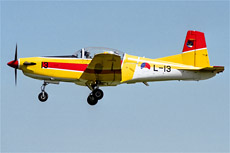
|
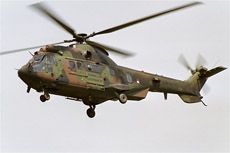
|
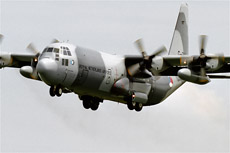
|
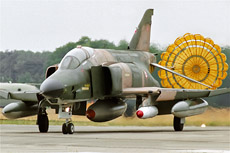
|
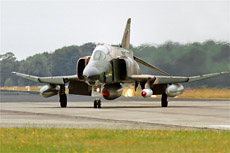
|
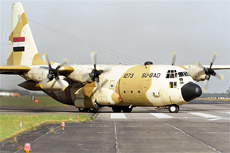
|
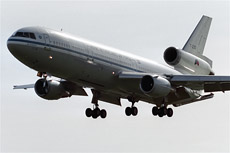
|
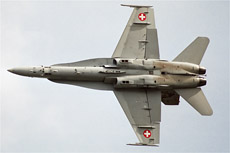
|
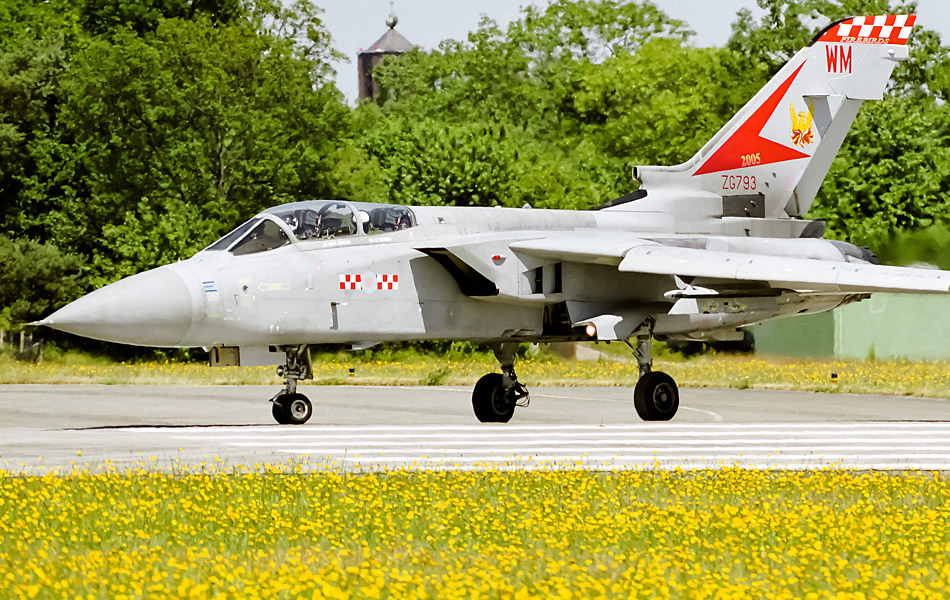
|
ters types in the race for the contract, namely; the American Bell AH-1W Super Cobra, the American
McDonnell Douglas AH-64D Apache, the Italian Augusta A-129 Mangusta and the French and German Tigre.
The Dutch government decided to purchase 30 AH-64D Apache helicopters on April 7, 1995. A contract
of more than 1.3 billion guilders was signed for the purchase of 30 AH-64D attack helicopters. The
helicopters would be delivered between 1998 and 2002. The no 301 Squadron received 12 AH-64A Apache
helicopters from the U.S. Army in 1995. The helicopters were leased from 1995 until 2001. The personnel
of the complete squadron went to the United States for 1 year for various trainings on this new
helicopter type. The 12 leased AH-64A helicopters arrived at Gilze-Rijen in November 1996. The no
301 Squadron reached almost the LIOC status (Limited Initial Operational Capability) in January 1997.
This status was achieved on September 1, 1997. This status means the unit can perform its tasks which
are the minimum requirements. The first AH-64D Apache was delivered to the THG-KLu in 1998. The no 302
Squadron was the first unit which started to fly the new AH-64D Apache. The last lease AH-64A Apache
helicopters were returned to the U.S. Army in March 2001. Also the no 301 Squadron switched to the
AH-64D Apache from that moment. The latest Apache was delivered according to the schedule in 2002. The
complete THG-KLu was operational from the beginning of 2003. The no 302 Squadron is disbanded as part
of the cutbacks on June 9, 2005. The unit is integrated into the no 301 Squadron.
The departures of the aircraft were planned on Monday after the fantastic air show at Gilze-Rijen. A
few aircraft departed already on Sunday. I had decided not to go to the departures of the aircraft on
Sunday. It soon became clear the runway 10 was in use when I arrived on Monday morning. This was not
the most ideal situation, because the planes were already quite high when they passed us. It is not
possible to take photos on the runway of Gilze-Rijen at the Molenschot side. The photography opportunities
were reduced with more than 50% due to the current flight direction. I tried to make the best of it
despite the situation. The best photos of the day were those of the departing helicopters, because they
flew at a very low altitude over the grass. The first aircraft which were prepared for departure were
the 2 Swiss Hornetts. Both aircraft were parked on the 302 platform close to the fence. I made some nice
pictures of the planes which were prepared. Both aircraft taxied to the head of the runway 10. One of my
main goals today was the departure of the Greek Phantom.
The 2 Turkish Phantoms followed the Greek Phantom shortly after its departure. These 2 Turkish aircraft
remained also very low after their start. Both aircraft were flying relatively close to each other. I
made also of these 2 Phantoms a nice series of photos. A number of British Hawks appeared at the head
of the main runway shortly after the departure of the Phantoms. In total, 3 aircraft were lining up at
the runway. The first aircraft which departed was a Hawk of the no 100 Squadron from RAF Leeming. The 2
remaining Hawks took off in formation. The most spectacular take-off today was the departure of the USAF
F-15E Strike Eagle. The aircraft stayed low after take-off; the plane went vertical at the end of the
runway. The 2 German Huey's appeared above the runway after this spectacular take-off. I took a few photos
of this tight formation take-off. The last helicopter which departed was the British AEW Sea King. The Open
Dagen of the Royal Netherlands Air Force were over after the departure of the Sea-King. I had just like in
2002 a few great days at my home base. I managed to collect 12 film containers of 36 photos. The weather
during the Open Dagen of 2005 was really great. This edition of the Open Dagen of the Royal Netherlands
Air Force was therefore again a big success.
|
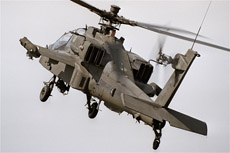
|
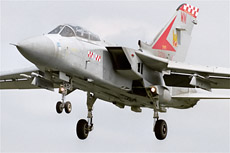
|
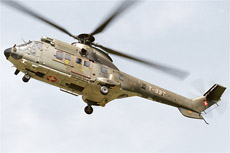
|
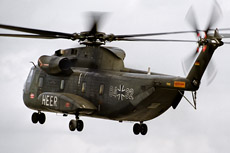
|
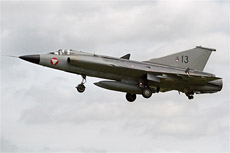
|
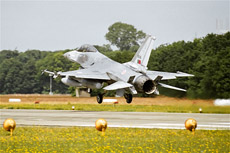
|
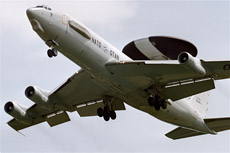
|
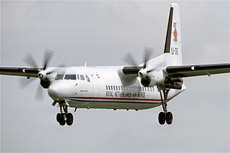
|
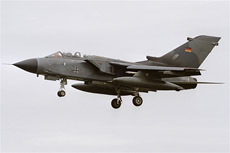
|
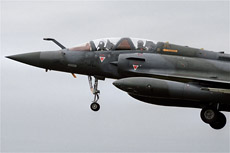
|
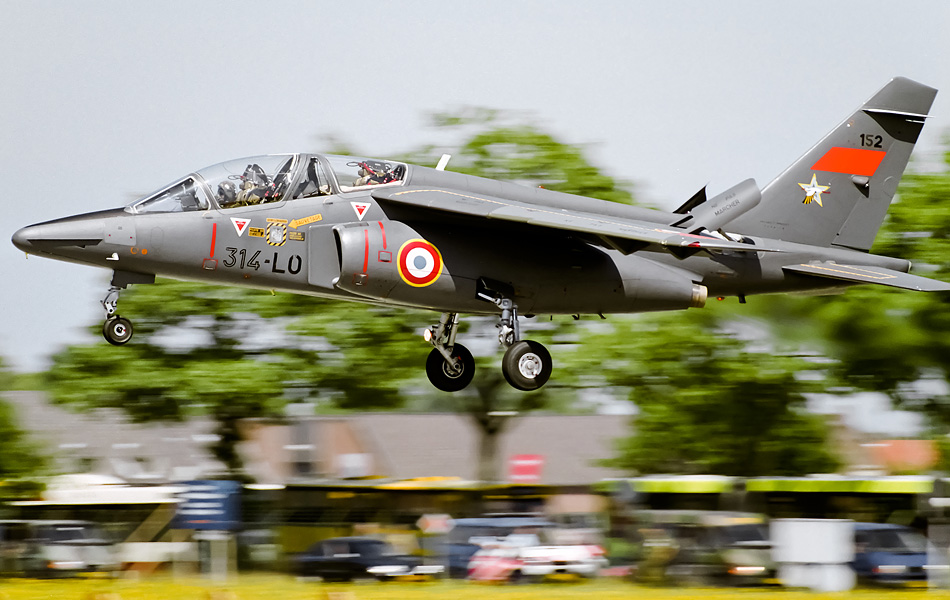
|
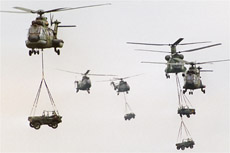
|
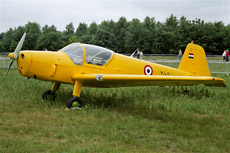
|
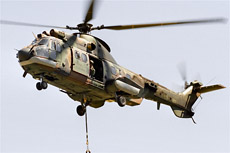
|
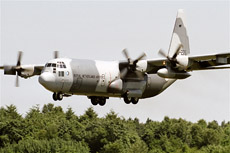
|
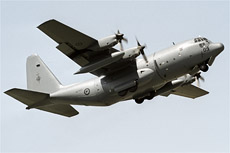
|
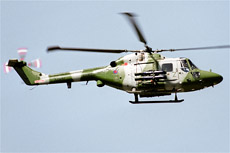
|
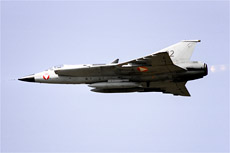
|
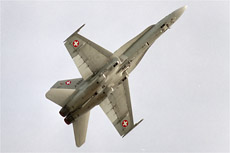
|
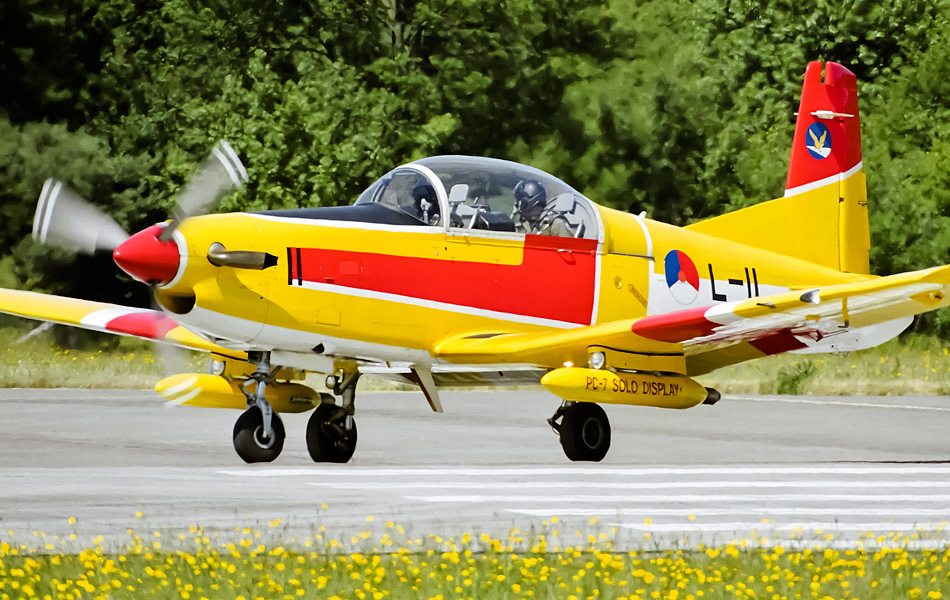
|
|
|

|







